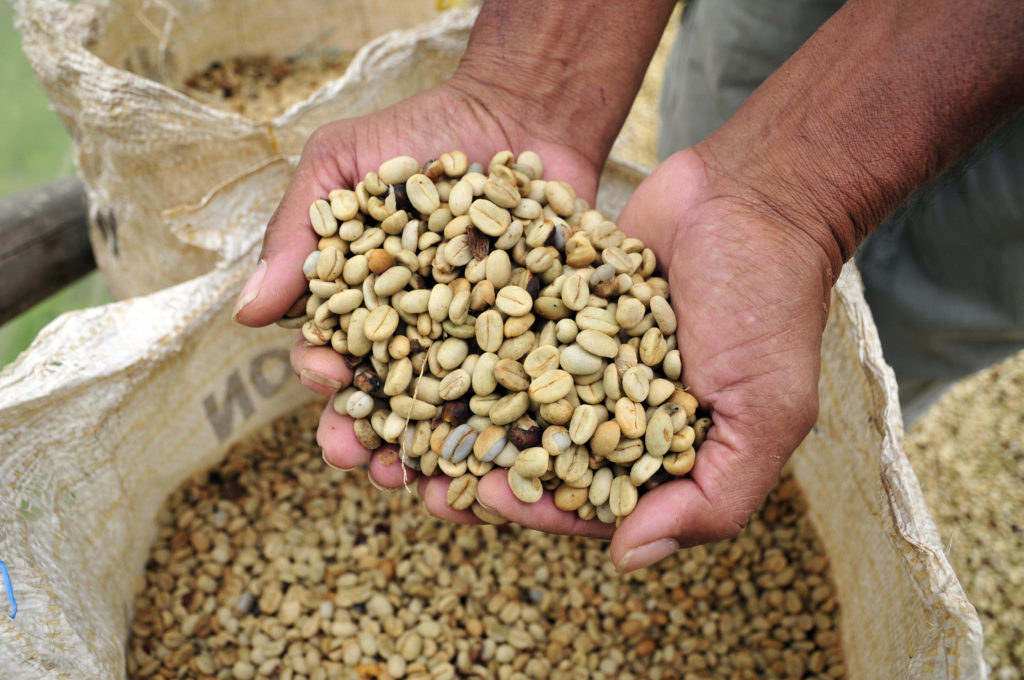
It is Saturday morning, you just turned on TV and prepared some coffee. Sipping this hot black liquid, you hear the news about global warming and how harshly it influences our lives. It seems like these news have been there forever, asking each of us to act accordingly and save water and electricity, use cars less etc.. But what we do not realize is that we are already taking part in what’s going on: climate change is affecting your life and it has affected the lives of farmers that grew our morning coffee, it makes coffee more expensive and harder to plant, therefore it draws a big possibility for coffee to disappear. According to The Climate Institute, by 2050 total global coffee growing area will be reduced by 50% and by 2100 with average temperature 4.8 °C higher, wild coffee will extinct. Every day we drink 2.25 million cups of coffee and maybe it is time to face the problems that threatens the whole coffee chain.
Global Warming
As we already mentioned, climate change severely threatens the long-term sustainability of coffee as a global commodity crop. Researches made by World Coffee Research have demonstrated that rising temperatures, increasing weather volatility and increased prevalence of diseases and pests associated with climate change contribute to both lower yields and lower quality coffee for producers, and of course affects their livelihoods. “The last few years we have been surprised by the climate changes that we’ve seen in our area. Our climate used to be very cool and now we see higher temperature and less rainfalls ,longer summers and because of that we had to water every coffee plant due to the lack of rainfall and that lack of rainfall led to poorer development of coffee cherry,” says Omar Olayo from Olayo Coffee Company in Antigua, Guatemala. Unfortunately, there is little that farmers can do other than rely on the scientific community to be able to assist in providing new farming techniques to combat what climate is currently dishing out to them: water preservation, irrigation techniques and other farming methods that can handle the particular climate proposition.

Leaf Rust
One more struggle for farmers caused by climate change is the rust as it develops easier due to the heat and humidity. Coffee leaf rust (la roya in Spanish), a fungus, is a colorful disease that kills coffee crops and can eliminate livelihoods. The fungus chokes the plants, causing leaves to fall off, those leaves are the part of the plant that serve to collect light and help its breathing process. Without them, the plant is killed. According to World Coffee Research, 18.2 million bags of coffee were lost to coffee rust between 2011/2012 and 2015/2016, 1.7 million people in the region were put out of work. “Mainly la roya is an important factor in handling and controlling our coffee plants, but with a good nutrition program and a prior preparations we were able to control and cease la roya, the coffee plants have their own immune and self defense system so they learn to control their hydratation, sun radiation and oxidation stress,” says Enrique López Aguilar, owner of Finca Chelin in Chiapas, Mexico. That is where it is crucial for the farmers to identify every disease as early as possible and this is, of course, dependent on education.
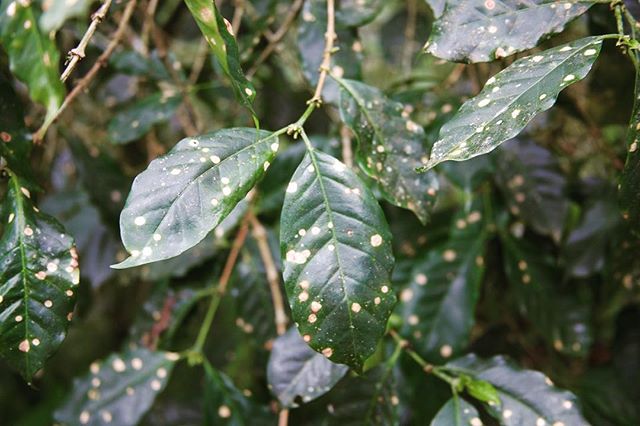
Education
Growing coffee is a hard work that gets more difficult by the year. Producers cannot keep up with the climate changing especially without special educational programs. “I think you cannot point out the one responsible in the whole coffee chain: everyone is responsible,” says Teresa Fan from Volcafe. The company hires local farmers to train them, giving them coffee plantation skills: how to analyze the soil, how to chose your variety, what is the best, including picking, sorting, drying and even how to do the parchment. After the training the farmers are responsible for passing the knowledge and train others in their region. This way they have a good job and they develop their craft and help other people to improve, being co-responsible. “And we have a lot of examples of people studying and then going back home to help their families to earn more money even with similar weather, similar attitude and similar variety. The key is the knowledge. We do not train or hire farmers for charity, the better coffee farmers do the more profit everyone gains. And it is also our interest to give them more knowledge of that,” adds Teresa. New methods of farming and farmer training are critical for any true advancement. Farmers need to follow advice, and ensure they use the right methods for their farms. They also need to work together, as one abandoned farm can contaminate the surrounding farms. Some organizations do help the farmers, but not enough is being done in the smaller producing countries. If a farmer is a member of a co-op, there is greater chance of them receiving finance, equipment and technical assistance to fight the any troubles.
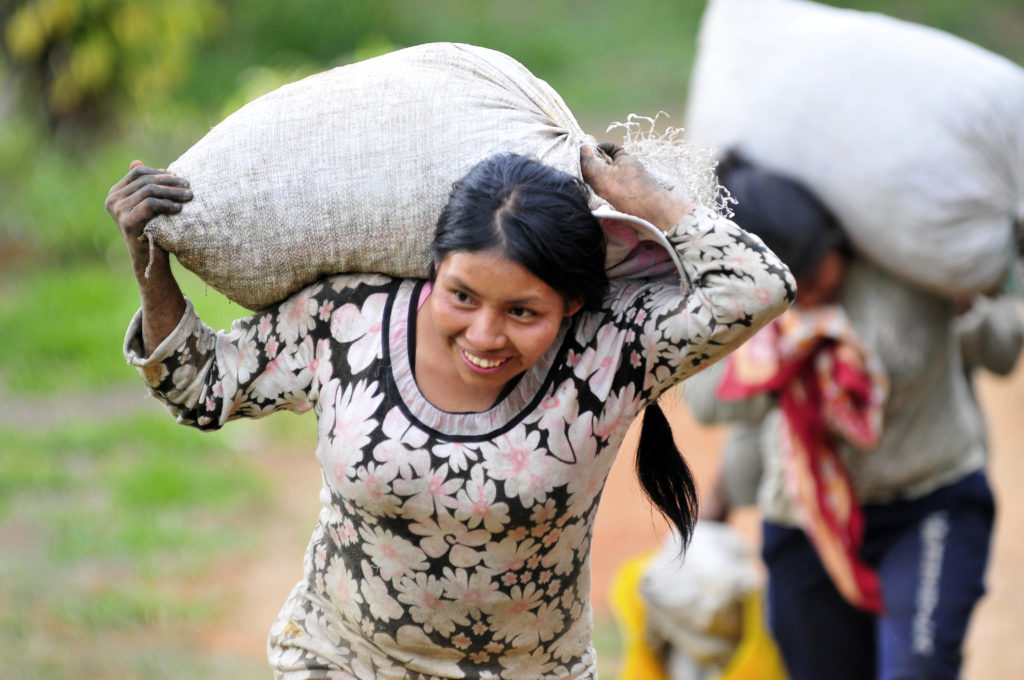
Generation Gap
Even though the farm knowledge is much better now than 20 year ago, there is still the question: how and to who farmers should pass their craft and knowledge? There is a new emerging “millennial” generation that may not be interested in farming coffee that their parents generation are currently managing. In Latin America, many younger people do not see a future in farming. This was taken up at the Producers Forum in Colombia a couple months back. Hard economically unsafe work cannot attract young farmers to continue path of their parents. What would it take to make coffee farming attractive again? The best way to draw more young people back to farms is to pay more money for coffee, provide opportunities to grow and be proud of what product they do, this pride can come from producing a specialty product. There is the demand for traceable coffees and a better understanding of sustainability from the market, meaning there is a living in the business of farming. The specialty sector, and being able to craft a coffee flavor are all aspects of helping to bring the younger generation back to their family farm. But of course, one must not forget price – the young family members can only come back/stay on the farms if the farm provides a living for them, and that means we as consumers must pay a sustainable price, with fair trading practices to ensure we have a supply of quality coffee.
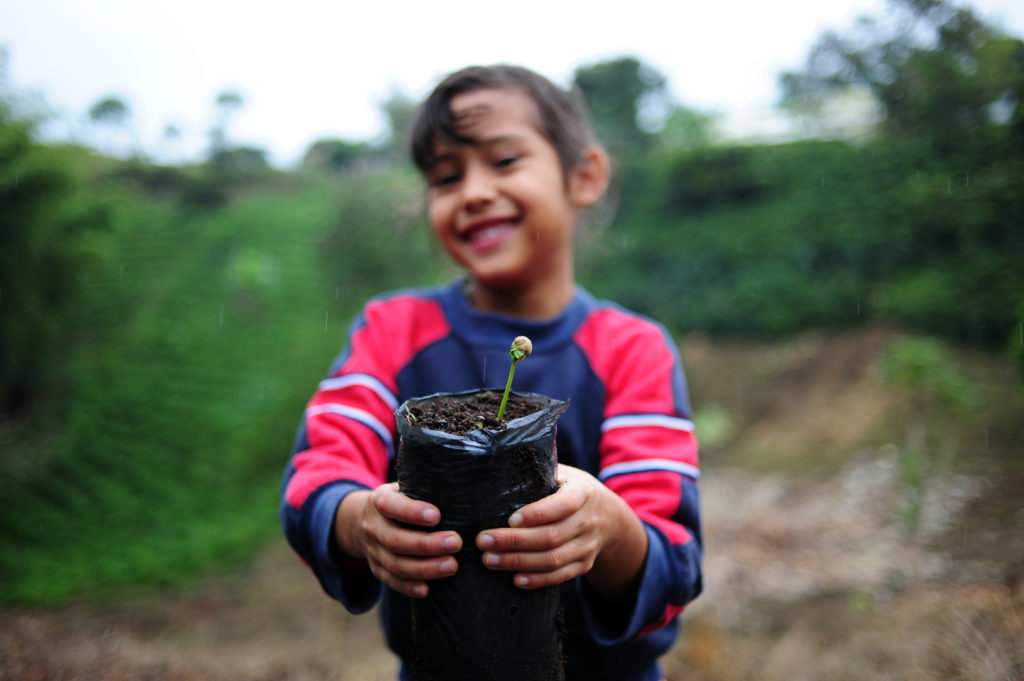
Fair Pay
In coffee-growing communities around the world families confront hunger on a yearly basis due to a phenomenon known as, “los meses flacos,” or the thin months. As coffee is a seasonal crop, farmers get paid only once per year as they produce an actual product only once per year. The rest of the time they are supposed to somehow manage their lives and interest in coffee, as same land that they use for coffee can be also used for any other products like corn, bananas etc.. Private farms have more control of their destiny. They usually have access to credit, to finance the harvest. They can also spread their shipments over a wider time frame. The small scale farmers, if they are members of a coo-op can have 2 to 3 payments per year. At the same time, asking for an international buyer to pre-pay for a crop which has not been harvested is asking them to take a big risk on production/yield, let alone having the coffee delivered. If you ask for pre-payments from the trader, you need to pass that along the supply chain, ultimately asking the consumer to pre-pay for their cup of coffee in a shop.

The Help
Addressing all these problems ,The First World Coffee Producers Forum opened its doors in the city of Medellin, Colombia on July 12, 2017. Final Declaration of Coffee Growers from all over the world stated that in face of uncertain times for coffee industry there are several steps the whole industry needs to take for a better future of coffee: there should be held a study to analyze the behavior of coffee pricing and productions costs in last 40 years and the correlation between the two. The study will analyze if the financial conditions really reflect the physical reality and will find ways to solve it, moreover, there will be created a committee for the actions to be followed.
This issue has a lot to do with the markets, such as mutual funds, real estate markets, currencies, etc. Although, they have nothing to do with the coffee market it does influence the price of coffee and there is no program for balancing producing countries in terms of a fair or more structured system. “We need to find some way to have price indicators and price standards. And this price has to be related not to demand and supply, but to the real cost of production,” says Jiahang Wu, Chief Representative for Greater China at Colombian Coffee Growers Federation.
Setting faire price for everyone is the initiative that several companies have already started: programs such as Fairtrade and Rainforest Alliance are also helping the industry to improve their minimum standards and pushing to excel. These companies help to bring more money back to the farmer and smallholders. They claim that coffee that they work with has been cultivated, packaged, and delivered in a way that protects the environment and supports social and economic justice.
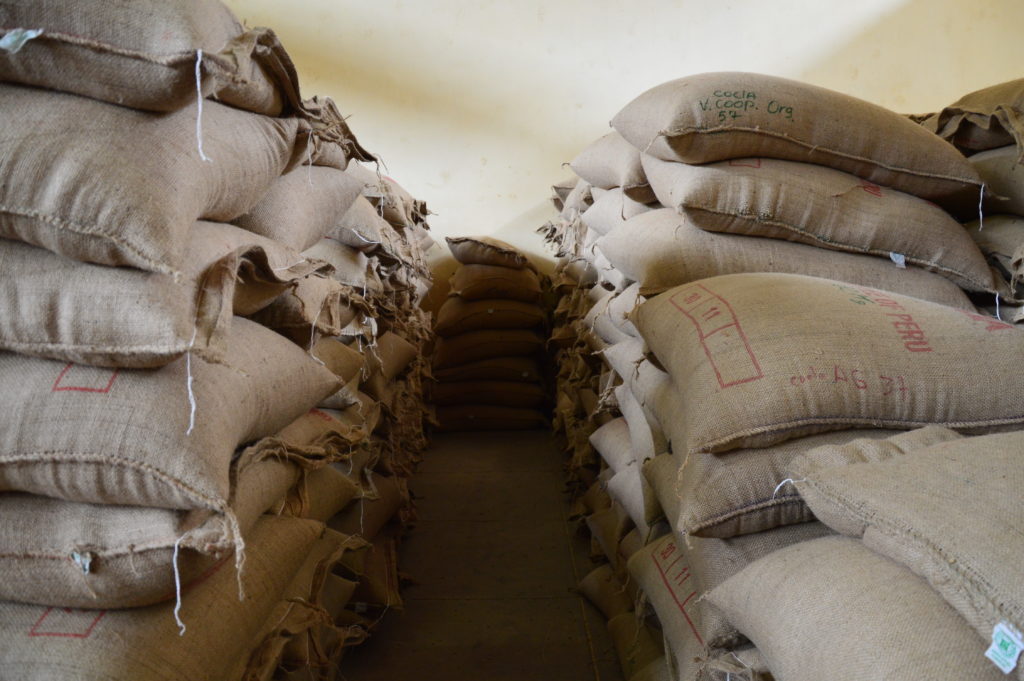
Also companies like DRWakefield, Alliance for Coffee Excellence and Café Imports do the best they can: DRWakefield have helped with various projects over the years with technical assistance, machinery and cash where required. DRW through the Café Femenino Program gives a financial incentive to women who deliver coffee to cooperatives which is beneficial for them but most of all for their families. They mainly invest money in the coffee plantations and in the education of their children, it improves the way they manage their revenue and it also helps them to get a better coffee quality.Café Imports set long-lasting relationship with the farmers providing pre-financing to small producers who otherwise do not have access to capital; Alliance for Coffee Excellence has held auctions and competitions to find coffees that deserve higher prices due to the quality and to encourage roasters to properly value these excellent examples of craft in coffee.
One more good example is Anacafe: Anacafe, in Guatemala, did provide emergency funds for their farmers to be able to afford fungicide to handle the outbreak; which is very important, but it is only a temporary fix to a larger problem. Moreover, relying on central coffee organizations (e.g. FNC) that have been able to combat rust in an effective way and help farmers to get more information on how to work in a changing environment can also be an asset for the whole coffee chain. These organizations are composed of experts, and can provide resources that have been vetted in an appropriate manner.
![]()
Future
Nevertheless, not enough is being done. According to FairTrade, there 125 million people worldwide depend on coffee for their livelihoods, with such a big number these people expect their governments to support their craft and the industry they work in. For example, the program that Thailand had put together, that embraced fermentation practices as well as proper growing techniques. The Government implemented this program in the 80s and it provided technical stations throughout Northern Thailand. FNC through its CENICAFE research stations have provided varietal research and soil analysis for its farming members in Colombia. These specific programs are very important and have provided a range of services. Rewarding quality, improved farmer training and finance support are the biggest factors towards creating success. It will take actors on all levels to support this proposition.
What is more, without a good price the farmer cannot learn and invest. Without a good coffee the buyer cannot reward good quality with a high price. It is a slow process, both working hand-in-hand, and we are getting to a good place. Knowledge and relationships are building long term sustainability. Treating each other with respect, such as in a family, will breed success. Coffee is here to stay and it crosses every boundary to bring us all together.










NO COMMENT